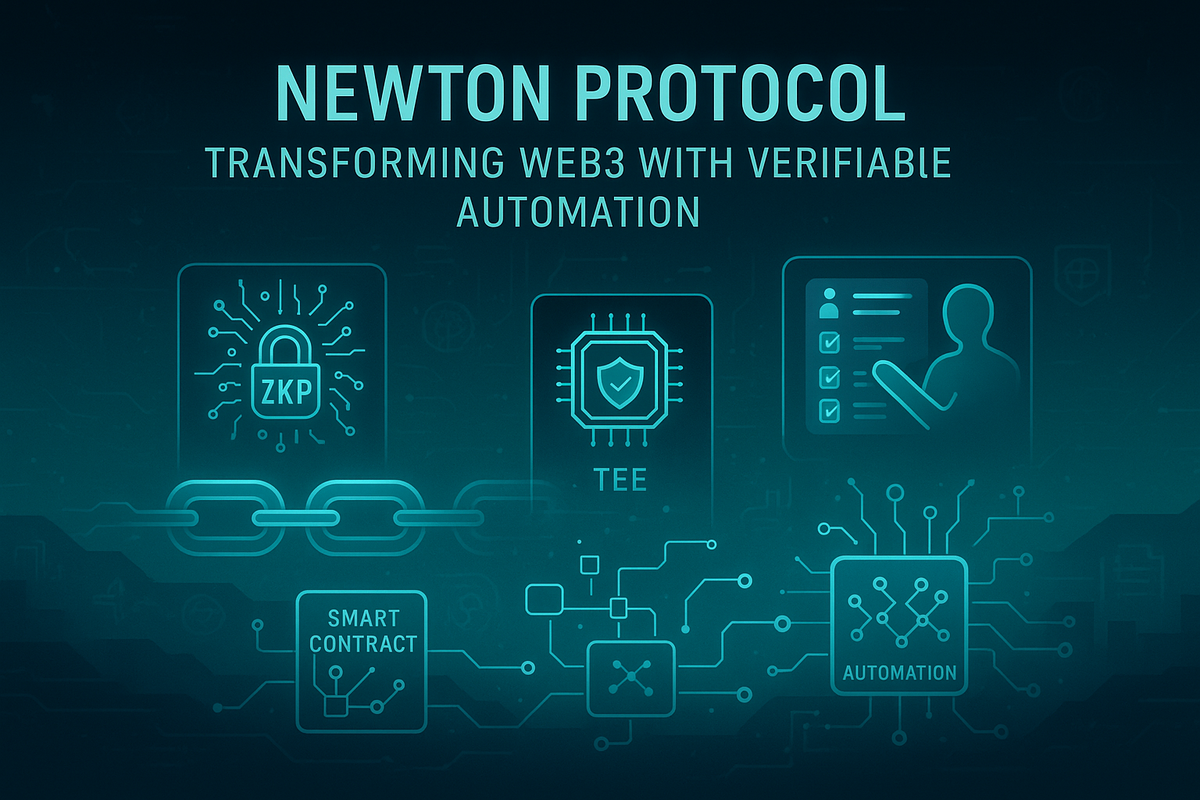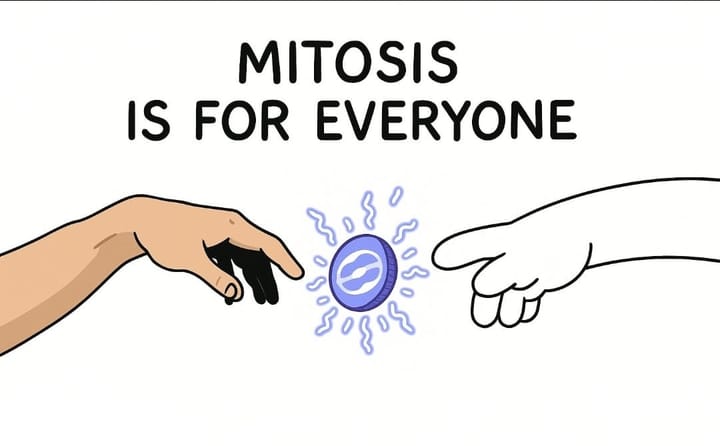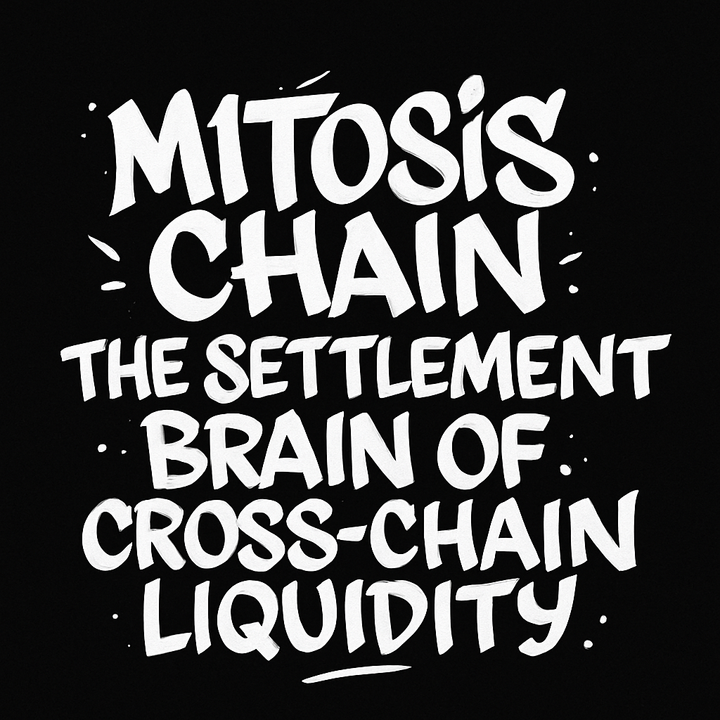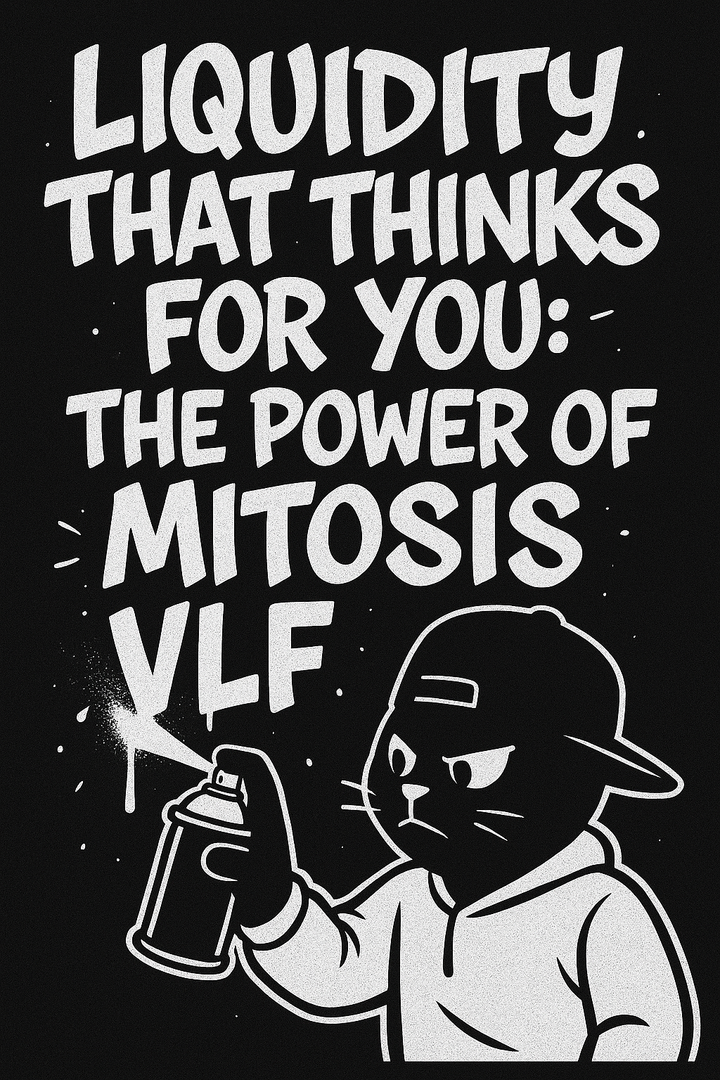Newton Protocol: Transforming Web3 with Verifiable Automation

Introduction
The Newton Protocol, developed by the Newton Foundation, is pioneering a verifiable automation layer for onchain finance—tackling key challenges like fragmentation, manual workflows, and trust barriers in decentralized systems. This vision is outlined in The Newton Protocol – Smart Permissions: Unlocking Secure Automation for Crypto and Beyond
At the heart of this innovation is zkPermissions, detailed in The Newton Protocol – Smart Permissions: Unlocking Secure Automation for Crypto and Beyond leverages Zero-Knowledge Proofs (ZKPs)—powerful cryptographic methods that verify computations without exposing sensitive data—to provide secure, granular control over automated actions.
Combined with Trusted Execution Environments (TEEs)—secure hardware enclaves that ensure the integrity of computation—Newton delivers automation that is both transparent and trust-minimized.
While its primary mission is to transform Web3 finance, Newton’s underlying technologies have far-reaching potential across sectors like healthcare, supply chain, and AI.
This article explores how Newton empowers users and developers in Web3 today, while laying the groundwork for broad adoption of verifiable automation across industries.
Newton’s Role in Web3
Newton Protocol tackles key challenges in decentralized finance (DeFi), where only ~40% of capital is actively deployed due to complex workflows and untrusted automation tools like Telegram bots. By introducing zkPermissions—zero-knowledge circuits that encode user-defined rules for automation—Newton enables users to delegate complex tasks to intelligent agents without sacrificing control or security. These agents, built by developers or the Newton team, operate within a decentralized marketplace, ensuring every action is cryptographically verified to align with user intent, fostering a user-driven onchain economy.
Key Web3 Use Cases
- Programmable Stablecoin Commerce: Automate recurring payments or metered usage with agents that enforce spending limits, compliance checks, and onchain auditability. For example, a user could set an agent to pay subscriptions only when funds are available, verified by a ZKP.
- DAO Treasury Operations: Decentralized Autonomous Organizations (DAOs) can delegate tasks like yield optimization or contributor payments to agents governed by multi-party zkPermission policies, ensuring transparency and security.
- Cross-Chain Trading: Agents execute strategies like arbitrage or rebalancing across blockchains, adhering to user-defined conditions (e.g., “only trade if slippage is under 0.5% and pool liquidity exceeds $10M”), with every action verified onchain.
- Gaming and Social Platforms: Newton’s automation can enhance Web3 gaming by managing in-game asset trades or reward distributions with verifiable fairness. Similarly, social platforms like Farcaster could use agents to automate content monetization or community governance, ensuring trust and efficiency.
These use cases simplify user interactions, unlock billions in idle capital, and extend Newton’s impact across diverse Web3 verticals, fostering mainstream adoption.
Beyond Finance: The Potential of ZKPs and TEEs
While Newton Protocol focuses on Web3 finance, its core technologies—ZKPs and TEEs—hold immense potential for industries requiring secure, auditable automation. These applications represent a long-term vision for verifiable automation, which Newton’s developer tools could enable in the future, building on early explorations of ZKPs and TEEs in non-Web3 contexts:
- Secure Data Processing: In healthcare, ZKPs can verify computations on patient data without exposing sensitive information, enabling privacy-preserving research. For example, projects like those by the MIT Computational Privacy Group have used ZKPs to analyze medical datasets securely. TEEs, such as Intel SGX, ensure data remains protected during cloud-based processing.
- Supply Chain Verification: ZKPs can confirm the authenticity or conditions (e.g., temperature control for perishable goods) at supply chain checkpoints, as seen in pilot projects by companies like IBM for food safety tracking. TEEs protect proprietary data during verification.
- Identity Verification: ZKPs allow users to prove attributes (e.g., age over 18) without revealing full identities, as demonstrated by protocols like Idemix. TEEs secure biometric data during authentication processes.
- Auditable AI: TEEs protect sensitive data used in AI training or inference, while ZKPs verify that AI outputs adhere to predefined rules without exposing model details, as explored in research by groups like Google’s Secure AI Framework.
- Automated Compliance and Auditing: Industries like finance or pharmaceuticals can automate compliance checks with cryptographic proofs of adherence, reducing manual audits. For instance, ZKPs have been prototyped for GDPR compliance in data processing workflows.
These possibilities, inspired by existing research and pilots, highlight how Newton’s technologies could inspire new frameworks for secure automation beyond its current Web3 scope.
Empowering Developers with Verifiable Tools
The success of verifiable automation depends on empowering developers with accessible, powerful tools. Newton Protocol delivers this through Software Development Kits (SDKs) that simplify the creation of secure, scalable automation agents for Web3 and potentially beyond.
Developer Tooling in Web3
- Composing zkPermissions: Newton’s SDKs allow developers to define granular, composable rulesets for agent behavior. For example, a developer could create a cross-chain arbitrage bot that only executes trades when “ETH/BTC prices rise 5% in 24 hours” and “gas fees are below 20 gwei,” with rules encoded in zkPermissions and verified by ZKPs.
- Circuitizing Services and AI Models: Developers can transform existing off-chain services or AI models into verifiable agents. For instance, an AI-driven trading agent could dynamically adjust strategies based on market sentiment, with every decision cryptographically verified to ensure compliance with user constraints.
- Integration with Data Sources: SDKs support onchain and offchain data (e.g., oracle feeds, blockchain analytics), enabling agents to act on real-time conditions like market volatility or liquidity thresholds. Compatibility with frameworks like Magic’s embedded wallets further simplifies integration, enhancing developer accessibility.
These tools foster a vibrant ecosystem of automation agents, registered on Newton’s protocol with defined input/output formats and resource requirements, making development modular and scalable.
Beyond Web3
The principles behind Newton’s SDKs can inspire tools for traditional industries, supporting the vision of verifiable automation:
- Enterprise Software: Developers could embed ZKP-based integrity checks into ERP or CRM systems, ensuring data reliability in automated workflows like inventory management.
- Business Process Automation: Frameworks for “circuitizing” business logic could create auditable, compliant workflows, such as automated tax calculations verified by ZKPs.
- Legacy System Migration: Newton’s approach to circuitizing logic could enable legacy payroll systems to transition to verifiable automation, ensuring auditable salary disbursements without requiring a full system rewrite.
- Auditable AI: Tools to verify AI-driven decisions (e.g., loan approvals in banking) against predefined rules could enhance trust, applicable to industries like finance or healthcare.
By providing flexible, trust-minimized tools, Newton empowers developers to build the next generation of automated systems, both in Web3 and beyond.
Newton’s Roadmap and Vision
Newton Protocol’s phased roadmap, prioritizes user safety, trust, and usability while scaling its capabilities to support a decentralized agent economy:
- Initial Rollout: Launch simple automations, like recurring token purchases, executed in TEEs with ZKP-verified correctness and safeguarded by baseline zkPermissions. (Live, you can give it a trial here guide)
- Advanced zkPermissions: Expand to expressive, programmable rulesets, allowing users to define complex conditions (e.g., “only stake if funding rates are positive”).
- Full Marketplace Mechanics: Enable human-to-agent and agent-to-agent task orchestration in an open marketplace, with operators competing to execute tasks efficiently.
- Developer Ecosystem Growth: Deliver robust SDKs to simplify agent creation, driving innovation across Web3 use cases like gaming, social platforms, and finance.
In the long term, Newton’s technologies could inspire frameworks for non-Web3 applications, enabling developers to build secure, auditable systems for diverse industries. By turning automation into a provable, trust-minimized primitive, Newton addresses fragmentation, security risks, and usability challenges in Web3, paving the way for broader adoption.
Conclusion
Newton Protocol redefines automation in onchain finance by combining ZKPs, TEEs, and zkPermissions to deliver secure, transparent, and user-driven solutions. Its SDKs empower developers to create verifiable agents, simplifying complex tasks across Web3 verticals like DeFi, DAOs, gaming, and social platforms. Beyond Web3, Newton’s technologies offer a blueprint for secure automation in industries like healthcare, supply chain, and AI. Developers are invited to explore Newton’s tools and join a decentralized economy of automation agents, building a future where trust is built into every transaction.
Key Sources
- What Is a Zero-Knowledge Proof? https://chain.link/education/zero-knowledge-proof-zkp
- Trusted Execution Environments (TEEs): A primer-a16zcrypto
- IBM IDENTITY MIXER-Authentication without Identification
- Newton Protocol: Verifiable Automation Layer for Onchain Finance,https://blog.newt.foundation/the-litepaper.
Similar Articles
zk‑SNARKs to zk‑STARKs: The Evolution of Zero‑Knowledge in Web3
Succinct SP1 zkVM: Democratizing Zero-Knowledge Proofs for Rust Developers
🧬 How Replacing the EVM with RISC-V Could Accelerate Mitosis’ Programmable Liquidity Vision
The Future of Web3 Security: Verifiability Without Visibility Using zkTLS and FHE
Unpacking Blockchain's Engines: A Comprehensive Look at Virtual Machines



Comments ()